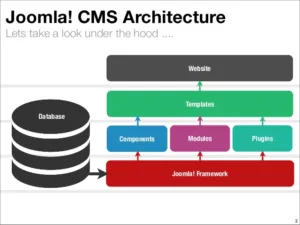
This week, we introduced a new front end for our website that is intended to make our content easier to read online. The displaydaily.com website has all of our content since mid-2014 when Meko took over the site and it’s developing into a good resource as you can use the site search to check for news about techology or companies.
One of the areas that we have worked hard on is tagging, so all articles are tagged with keywords that we think relate to the story. For example, we tag all stories from a particular event with an event tag which means you can get access to all our articles from an event by looking at the bottom of page, where there are menu items connecting to those tags.
Alternatively, you can click on a tag in any story and see other articles with the same tag, handy if you’re checking a particular topic, although it can mean a lot of articles on hot topics like ‘HDR’. We are working on improving the presentation of the site, still, but we think it’s already a lot better as a way of accessing online, especially from mobile devices.
Most articles are only available to subscribers, so you need to be logged in. The website can sort out password issues etc, but if you have a paying subscription, unless you bought directly online (which is unusual), then we have to manually set up your membership. If we have made a mistake on this and you are a subscriber, but can’t seem to get access, send a mail to Taylor at [email protected] and she will make sure your record is updated. You can also download back issues of the newsletters.
The complexity of modern websites is quite astonishing, especially compared to the early html sites that I put together in the early days of my business. That, of course, means some problems and challenges. Early in this week, we had trouble with log-ins on the new site – the login worked correctly in the two offline versions of the website that we had been working on and testing with, but didn’t work when we went live. Although we have a workaround, we still don’t really know why this was, nor does our ISP, which is usually pretty good at sorting out issues. Somewhere, there is a setting or compatibility issue that we just can’t nail, as we handle the CMS, the template, the framework for the template, the versions of PHP and mySQL and the CMS and differing behaviours in different browsers. Not to mention the caching on the website and the Supercache from the ISP and the Cloudflare network that speeds things.
I’m fond of saying that the first 50% of any software project takes 90% of the time. The second 50% takes the other 90%. It seems to me, this week, that the same applies to website updates!
Bob

